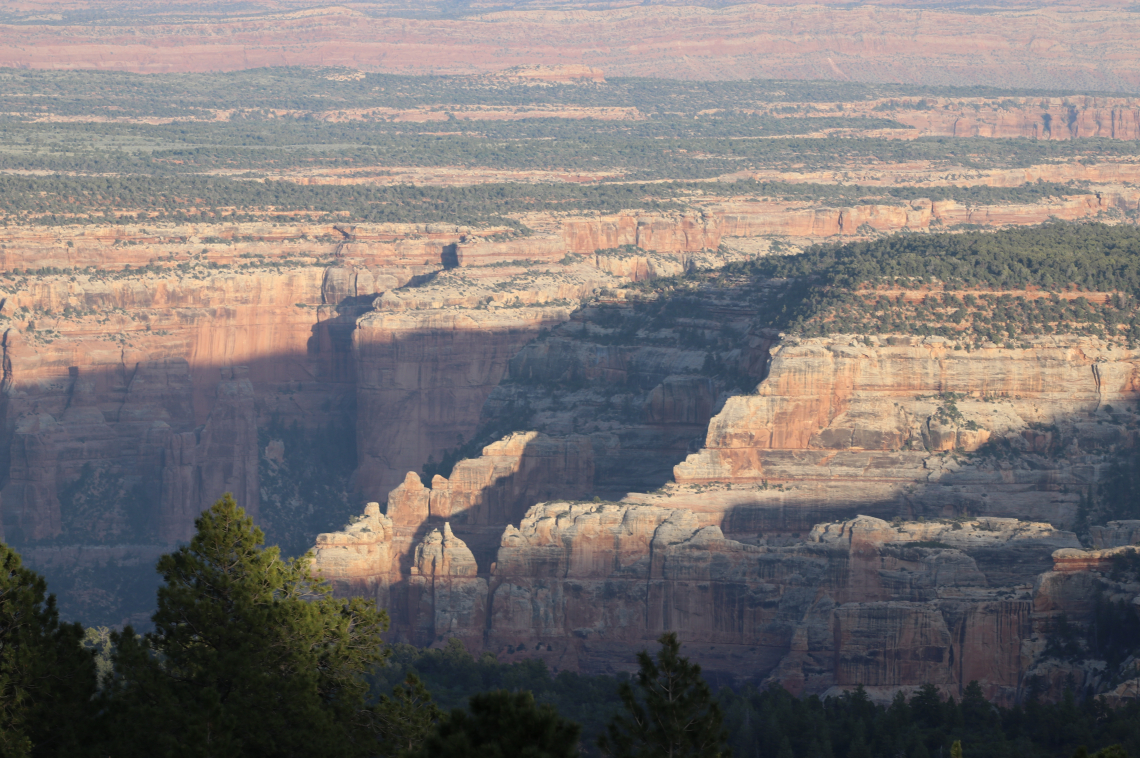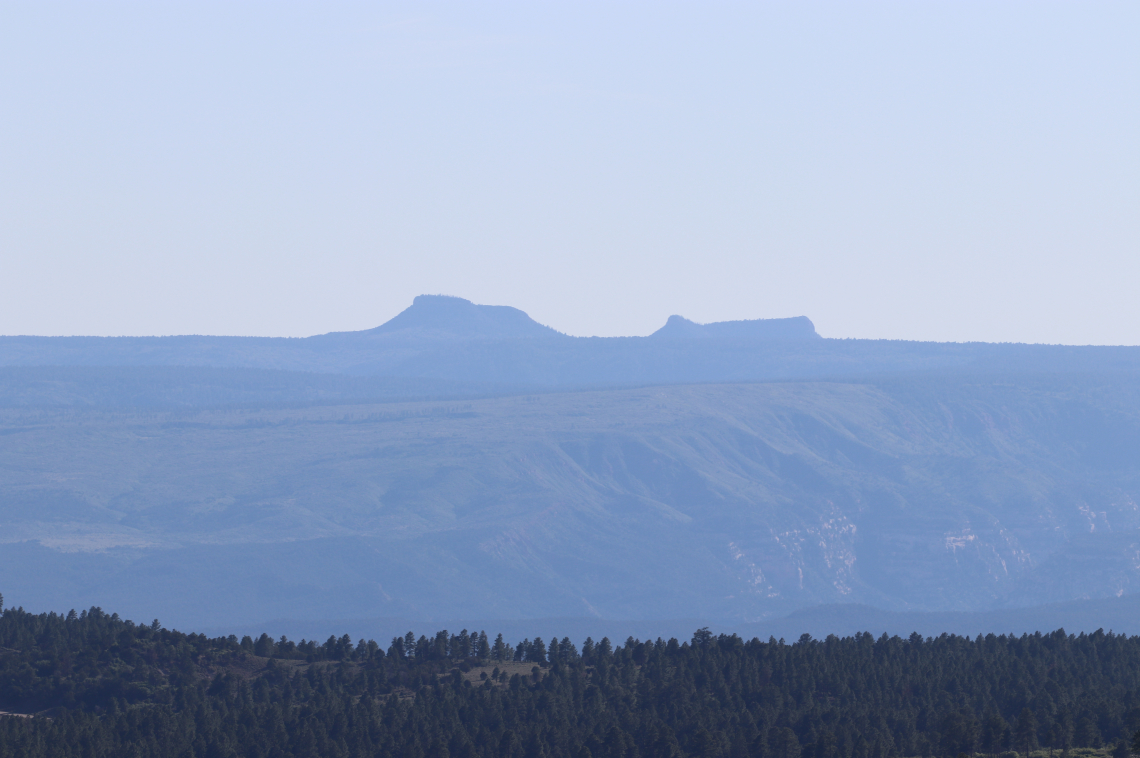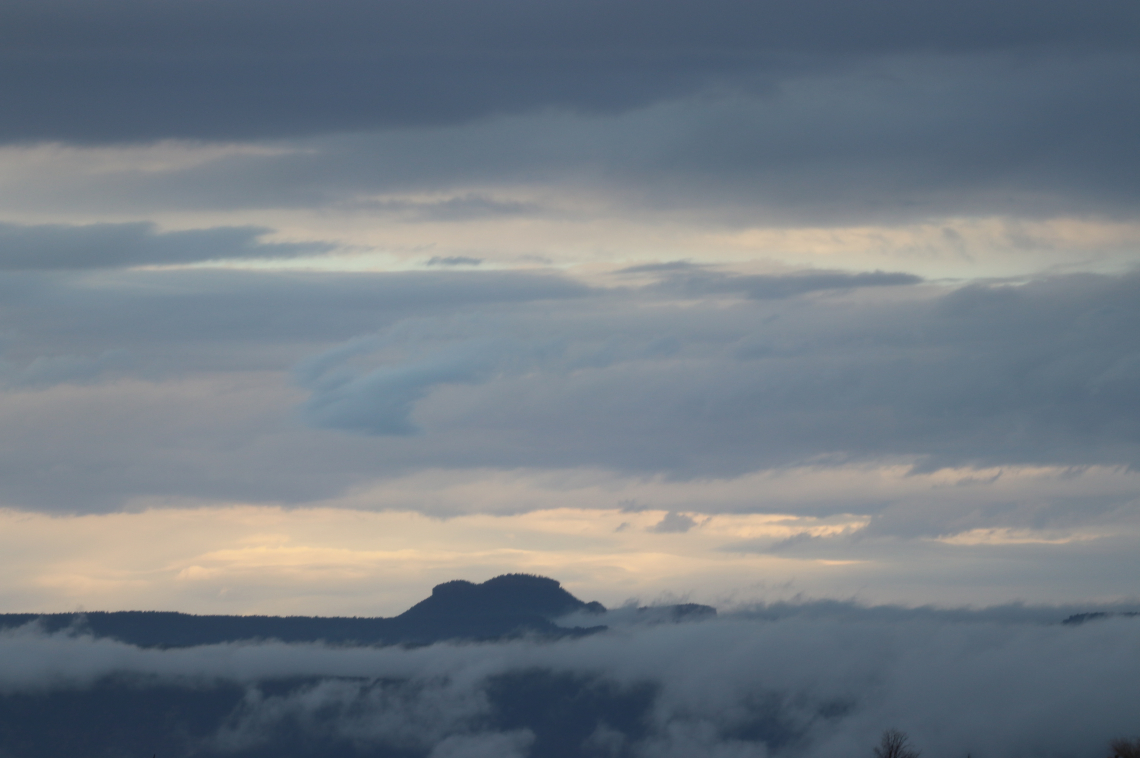


I am here holding an ear of corn in one hand
And an arrowhead in the other
One is for peace and growing, cultivating life
The other is for protection for my relatives
I am running as fast I can
To deliver the message of peace
Let me through enemy territory
This message affects you too
From Bears Ears country and an Indigenous point of view, I read and watch some of the changes the world is experiencing with concern. While I enjoy the relative calm and quiet of a sacred landscape, the globe is slipping into relative turmoil. But it is not the only thing we must allow ourselves to think and feel. The division and violence in this tentative, rupturing moment we are experiencing together all over the world is also about a call and a consciousness to justice.
As a Diné (Navajo) and Hopi person, I have been taught by my elders with their traditional knowledge and stories handed from generation to generation about coming changes to the world, not all of them good. But the point is, we had lived through times like these before and survived them. We have endured and lived to be resilient through many an apocalypse, and these days are no different.
The 2020 year started with the challenge of COVID-19, and it hit the Native American and Indigenous communities hard. It is slowly descending like a dark cloud upon rural Native communities and taking hold in these places disproportionately impacting our Indigenous relatives. The lack of access to water and other public health infrastructure has always been an issue. Still, nothing else brought out the systemic weaknesses of our current predicament, not just on the Navajo Nation but all over Indian Country.
The urban centers of the United States suffered early on when the virus reached these shores. I thought about those populations and communities of color most vulnerable in these cities, bracing themselves against the pandemic. These areas also showed us that minorities and marginalized communities also lack infrastructure, governance, and leadership in protecting our families. Black communities endured the early failures of a possible prevention plan, followed by new cases of police brutality and violence followed by a wave of virus cases seeping onto reservations that came next.
For many of us, this is not new—violence and oppression in communities of color existed since the start of what is currently known as the "United States." America was built on the backs of Indigenous and Black people; slavery and theft are deeply embedded into society, culture, and government. Even the US Constitution placed property and ownership above Black and Native lives, the ugly head of capitalism, sacrificing our bodies to a system that exploits people and lands. Indeed, your liberation is bound up with mine, always has been.
What we are talking about here is the abuse of power. Whether it is about government leaders, police forces, public health, or failing infrastructure, the abuse of power exists within Black, and Indigenous folks have felt the brunt of it. No one will respect the badge if no one feels safe enough around it. It is not about control or power over others, but equality, fairness, and justice as an exercise making good relationships with people to work towards these ends. The ends are just as important as the means. Now, the means just got a whole lot more public, complicated, pointed, and visible as Black Lives Matter supporters are no longer comfortable with the status quo or going back to our "normal" lives when their reality is anything but.
People have little tolerance anymore for what seems like an endless and senseless parade of violence to keep the status quo. What has been acceptable to some has never been to others. While we are tilting the societal scales balance of historical trauma back to a semblance of restorative justice, the work and energy it takes are enormous. Historical trauma needs healing to clean the wounds infected by hatred, prejudice, and racism in our communities.
Healing that historical trauma as part of our Bears Ears protection work has been part of the great honor of my life to participate in that way. Many Indigenous nations who are all of the same mind and heart to protect something so precious of cultural and spiritual strength from the time of our ancestors towards the future of our generations yet to be. It is said that early Pueblo ancestors first met the Diné here and decided that they would not fight each other to extinction because they could live peaceably in these lands. They showed that differences in people could still result in coexistence and we can share justly with new relatives, done before major settler-colonial incursion onto these Native lands.
Perhaps the next bold and brave steps in the right direction will find us having the conversation about whose lands these are we live in and how we got here, where we are going, and how to get there together. Imagine, a revolutionary act where we could have the conversation of liberating each other on Indigenous lands, different cultures, and perspectives together trying to figure it out. Whether you or your ancestors are recent immigrants or several generations deep, my ancestors will share the dirt with yours one day in our lands and we can help heal each other peaceably coexisting before it’s too late.
What do you see first when I come upon the horizon?
Do you see a weapon in my hand?
Maybe a reason to arrest me and hold me down until
I can't breathe
Or do you see this corn as a symbol of peace
A representative of life, health, and beauty
Cultivating our crops like growing our families, communities
Feeding our spirits as well as our bodies?
. . .
Angelo Baca is a Navajo and Hopi filmmaker, and a PhD candidate in sociocultural anthropology at NYU. A graduate of the Native Voices Program at the University of Washington, he has created numerous documentaries and collaborative works around such subjects as indigenous food sovereignty, Native youth development and indigenous international repatriation. He’s also taught Native American literature and media courses at Brown University. In 2016, he directed the ethnographic documentary Shash Jaa’: Bears Ears, in an effort to illuminate the Utah landscape’s significance to indigenous peoples of the region.
Traditional Arts of Bears Ears is a 2016 ArtPlace funded project.





